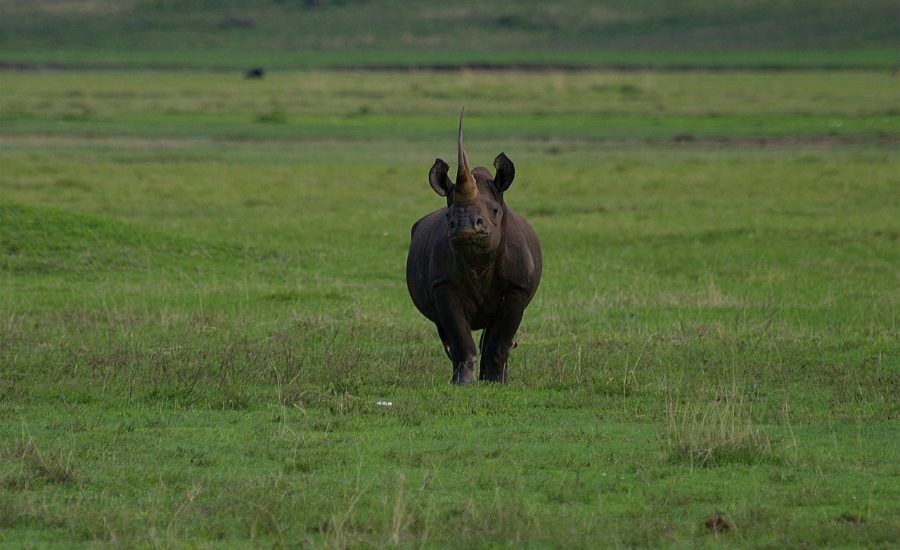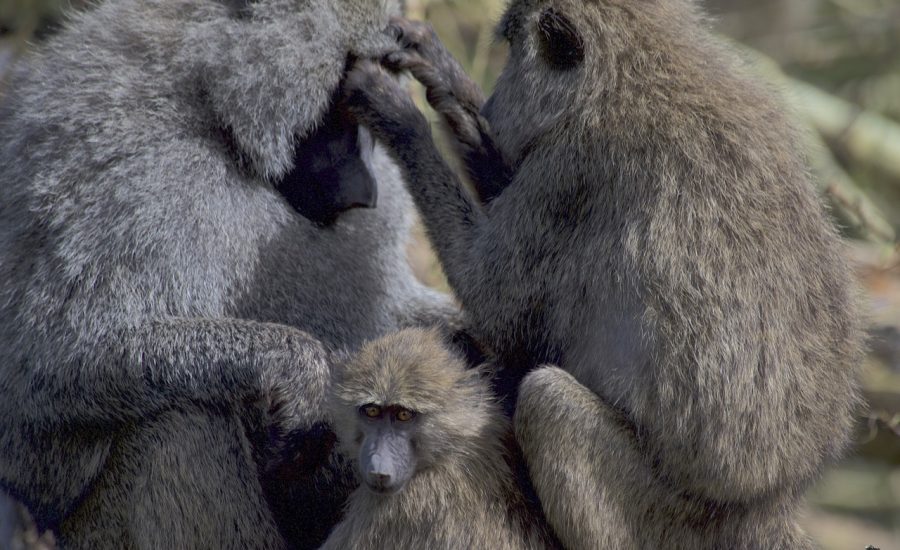Experience a completely customized and flexible trip of a lifetime with experts you can trust.
The Ngorongoro Crater is one of the regions in Tanzania where you are most likely to see the endangered Black Rhino; a small population is thriving in this idyllic and protected environment, and this is one of the few areas where they continue to breed in the wild. Chances are also good of encountering leopard and remarkable black-manes lions, flamingos are also engrossed to the soda waters of Lake Magadi.
While the famed Ngorongoro Crater, the world’s largest unbroken caldera, is only about twelve miles across and 102 square-miles of open grassland, it’s home to a high concentration of wildlife year-round—30,000 animals, including the densest population of lions the world, the rare black rhino, and flocks of pink flamingos. This is the one place in Africa where if lucky, you can spot the “Big 5”—a lion, a leopard, a rhino, an elephant, and a buffalo. Ngorongoro Crater ranks right up there among Africa’s must-visit wildlife destinations: Serengeti, Masai Mara, Etosha, Kruger Park, and the Okavango Delta. One of only three UNESCO World Heritage sites in Tanzania (together with the Serengeti and the Selous Game Reserve), the Crater is often called the Eighth Wonder of the World. It lies in the Biosphere Reserve of the Ngorongoro Conservation Area, which covers 8,300 square km (3,204 square miles) in northern Tanzania. This reserve was specifically planned to accommodate both the traditional Maasai communities and tourists. You’ll see Maasai villagers grazing their sheep and cattle all over.
It has also been believed to have been taller than the famous Kilimanjaro before its inactive volcano collapsed and formed unbroken caldera crater 610 meter deep, 13 mile (20km) wide about 2.5 million years ago. The Ngorongoro conservation area covers about 3185 sq. miles (8250 sq. km), the crater cover about 100 sq. miles (260 sq. km). It is also home to over 3000 different species including the endangered black rhinoceros; the crater has a forest and lake which support ecosystem in the park.


The crater topography varies from Short Grass Plains, Forests, Swamps, Hills, Riverine Areas, and salt shallow lakes
Ngorongoro conservation area is where the world famous archaeological site of Olduvai George is allocated. The discoveries of fossil footprints on lava rock as well as ancestral humans remain which are believed to be 3.8 million years old can be seen at the museum. Two main geological rifts run through the Ngorongoro area. Nine volcanoes in the Ngorongoro highlands were formed during the past four million years. One of these, Oldoinyo Lengai (Mountain of God) is still active. Over millennia the ash and dust from each eruption has been carried by the winds to from the fertile soils of the Serengeti plains. The earliest sign of mankind in the Ngorongoro is at lately, where hominid footprints are preserved in volcanic rock 3.6 million years ago. The site is the most important in the worldhistory and has been instrumental in understanding human evolution. This is well documented in the museum, which has replicas of some of the hominid fossils unearthed at the site, as well as the Laetoli footprints (the most ancient footprints ever found). It also has genuine fossils of some of the extinct animals that used to live in the area. We can arrange day trips to the Gorge and the museum, which is an interesting addition to an Ngorongoro safari
Our travel experts are always available to answer questions and help you plan the trip of a lifetime. Contact us with inquiries or for more information.
This site is protected by Google reCAPTCHA
A private guided safari offers you great experience while travelling to Tanzania with a dedicated guide to answer your questions.
Enjoy a wide range of unique, superb safari options and flexible schedules tailored just for you to meet your special interests
Exclusive Wilderness Trails.
P.O. Box 13546 Arusha, Tanzania
+255 784 818 959
info@exclusivewildernesstrails.com